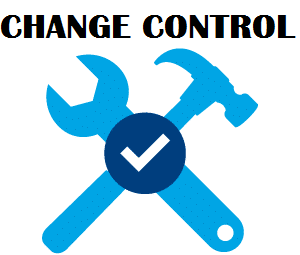
- By Courtney Baldwin
- In MDU Low Voltage, Smart Apartment
- Tags accesscontrol, doorlock, forbes, gadgetlife, gadgets, homeautomation, homesecurity, nynews, security, smartdevices, smarthomes, smarthometech, smarthometechnology, smartliving, smartlock, Smarttech, smarttechnology, techgadgets, techindustry, techlover, techlovers, technology, techtrends
Keep those change orders under control!
Multi-dwelling unit (MDU) projects, whether for residential or commercial properties, involve multiple stakeholders, tight timelines, and budgets. One of the significant challenges of MDU projects is managing change orders. Change orders refer to modifications or additions to the original project scope or contract that can increase costs, cause delays, and disrupt project progress. In low voltage MDU projects, such as those involving electrical, telecommunications, and security systems, change orders can be costly and time-consuming. Fortunately, there are several ways to minimize change orders for low voltage MDU projects.
- Conduct thorough site surveys Before starting any low voltage MDU project, it is essential to conduct a comprehensive site survey. Site surveys help identify potential issues that could arise during the project, such as outdated or incompatible systems, wiring challenges, and accessibility problems. Identifying these issues early can help prevent surprises and change orders later in the project.
- Create detailed project plans Creating a detailed project plan that includes a clear scope of work, timeline, and budget can help minimize change orders. It is essential to involve all stakeholders in creating the project plan to ensure everyone is on the same page. The plan should be detailed enough to cover all aspects of the project, including low voltage systems installation, testing, and training.
- Use experienced contractors Choosing experienced contractors who have worked on similar low voltage MDU projects can help minimize change orders. Experienced contractors understand the complexities of these projects and can anticipate potential issues that could cause change orders. They also have the necessary skills and tools to complete the project on time and within budget.
- Use standardized systems Using standardized low voltage systems can help minimize change orders. Standardized systems are pre-designed, tested, and proven to work. They reduce the likelihood of compatibility issues and simplify installation, testing, and training. Using standardized systems can also help reduce costs and shorten the project timeline.
- Communicate effectively Effective communication is critical in minimizing change orders in low voltage MDU projects. All stakeholders, including contractors, project managers, property owners, and tenants, should be kept informed of project progress, potential issues, and changes to the project scope. Regular communication can help prevent misunderstandings, surprises, and change orders.
- Plan for future upgrades Finally, planning for future upgrades can help minimize change orders. Low voltage systems are constantly evolving, and it is essential to plan for future upgrades to avoid costly and disruptive change orders. Building a flexible infrastructure that can accommodate future upgrades can help reduce the need for change orders down the road.
To sum up, minimizing change orders in low voltage MDU projects necessitates thorough planning, effective communication, and experienced contractors. By conducting comprehensive site surveys, creating detailed project plans, using standardized systems, and planning for future upgrades, change orders can be minimized. Following these tips can help ensure that low voltage MDU projects are completed on time, within budget, and with minimal disruptions.






